TIGER IS AN INDISPENSABLE MACHINE FOR RECYCLING.
1) DEPACKAGING
Tiger Depack started out as a machine for depackaging. It was subsequently introduced in production flows in order to separate the packaging from the contents, whether organic matter or a detergent, so as to obtain two clean, re-usable fractions of material.
2) HOMOGENISATION
Tiger Depack technology is designed for the homogenisation of organic matter to be sent to anaerobic digestion guaranteeing the removal of all plastic present.
3) RECYCLING OF ORGANIC FRACTION OF URBAN SOLID WASTE FROM SEPARATE WASTE DISPOSAL
Tiger Depack is used to recycle the organic fraction of urban solid waste from separate waste disposal within organic waste treatment plants, in order to clean the plastic at the pre-treatment phase outlet.
4) PAPER MILL PULP PROCESSING
Thanks to its versatility, it was subsequently also used for the processing of Paper Mill Pulp, resulting in savings in terms of material to be sent to the landfill or to the incinerator as well as the surprising quality of the recovered paper paste.
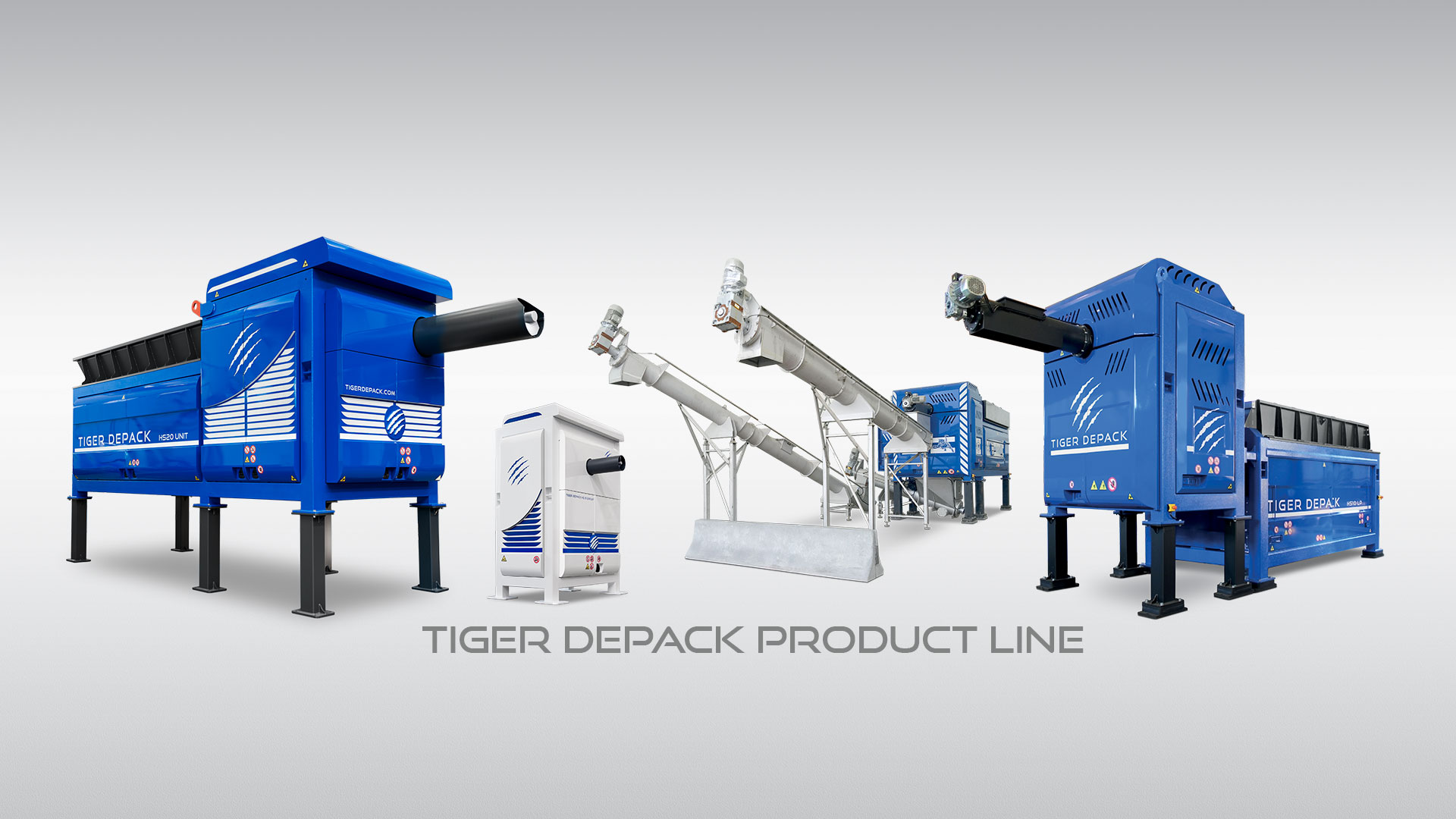
Tiger is produced by a company that specialises in environmental solutions: namely, Cesaro Mac Import, a brand that is always at the cutting edge, offering state-of-the-art technological solutions in both the machinery and integrated plants for waste treatment.
https://www.cesaromacimport.com
TIGER IS A MACHINE FOR DEPACKAGING
DEPACKAGING is the need to recover the packaging and its contents.
Packaging of expired food or flawed packs of products such as detergents or everyday products are introduced into the machine and divided, obtaining two perfectly re-usable elements.
Thanks to this division, the machine allows the materials to be introduced into new dedicated cycles. The content and the container take two new paths, towards possible re-use.
This treatment enables the total recycling of the materials, without producing any type of waste. NO WASTE
Industrial production generates rejects due to quality controls: for instance, unaligned labels on packaging, sample tests on product batches.
These applications are ideal for the use of the smaller model of Tiger Depack, the Tiger HS5, as it can be inserted in production chains that are already up and running.
In these situations, an excellent and efficient processing is guaranteed and the machine is already in use in plants that produce pet food, ice-cream makers or detergent manufacturers.
TIGER DEPACK FOR RECYCLING PLASTIC
Recycling plastic is a specific sector that requires the attention and the participation of everyone.
The disposal and recovery of plastic is a highly topical issue and awareness is currently being raised on this subject to educate people to adopt new habits with a special focus on separating waste and reusing plastic containers.
In the plastic recycling industry a set of operations are carried out on plastic waste in order to obtain new material to be introduced back into the production processes.
TIGER DEPACK is a machine that processes plastic containing expired products and flawed or damaged plastic containers.
The TIGER DEPACK process is mechanical, and it divides the container from its contents, allowing both materials to be recovered and re-used.
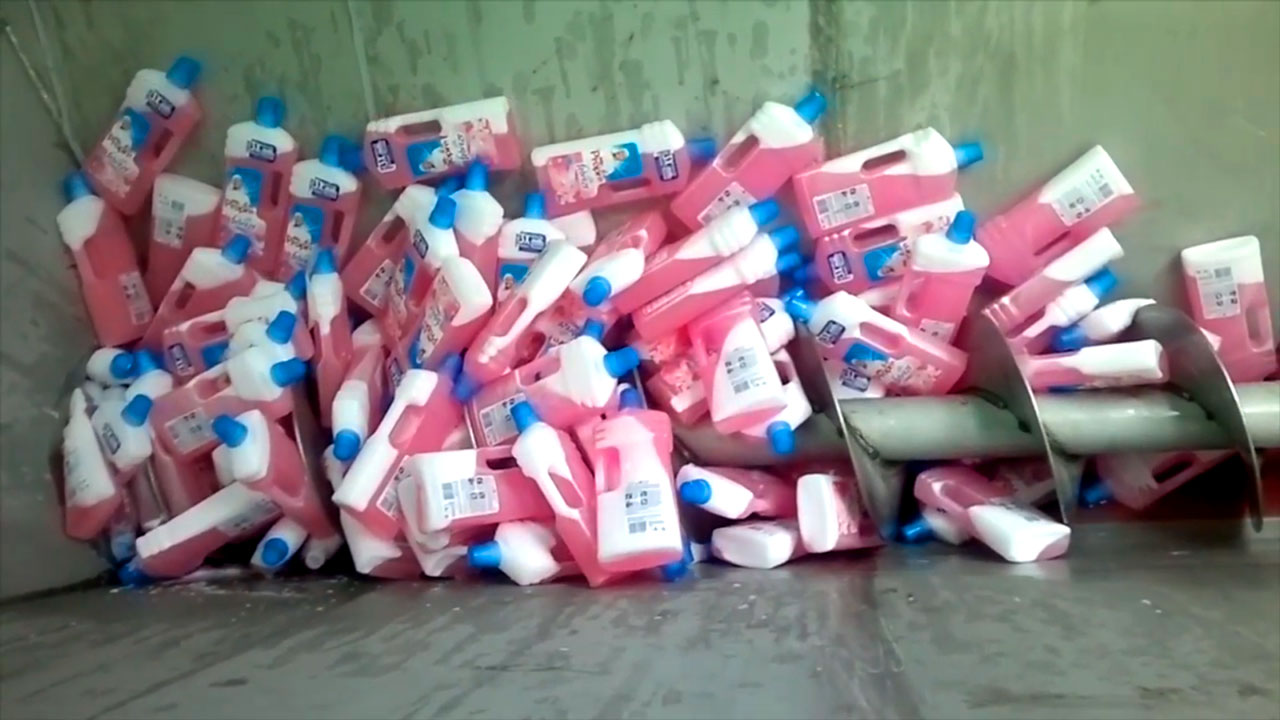
Any liquids will return to new bottling, while the plastic will be used to make shavings that are used to produce new objects.
Recycling is particularly suited to plastic packaging materials.
The polymers which make for the best results in terms of recovery are: PET, PVC, PE.
If the different types are divided up in a homogeneous way, a secondary raw material is obtained, in other words a material where the technical and chemical characteristics of the recycled material are very similar to those of the initial material.
Recycled PET can be used to make new non food-grade containers with the exception of containers for mineral waters and alcohol-free drinks, fibres for paddings, jumpers, "fleeces", fitted carpet, car interiors, slabs for various types of packaging;
Recycled PVC can be used to reproduce pipes, drains for rainwater, fittings, cable ducting, products for the construction industry;
Recycled PE can be used to give a new lease of life to containers for detergents, bottle caps, films for bin liners, films for packaging, housewares.
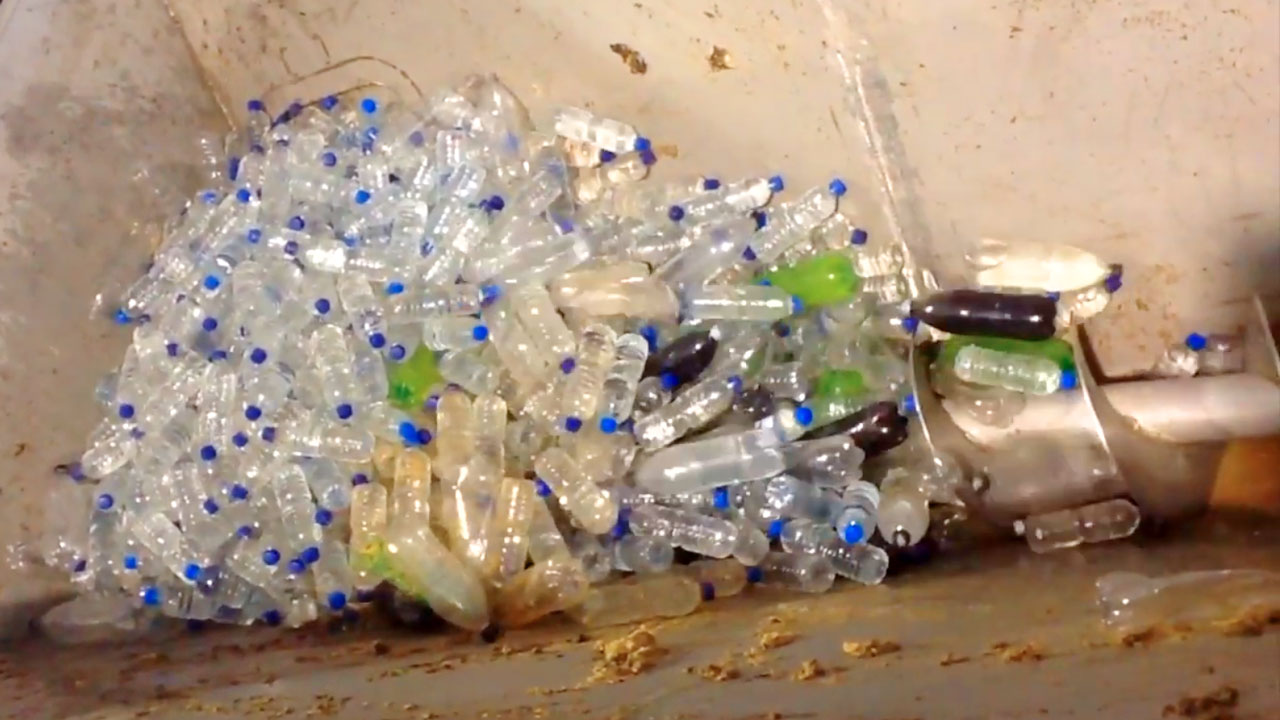
If different types of plastic are treated together, heterogeneous recycled plastic is obtained, and it can be used for instance to make park benches, playground equipment, fencing, urban furniture, roadside signs.
Tiger Depack brings its own contribution in the form of a simple system of plastic recycling, with excellent results and gratifying acknowledgements.
FROM RECYCLING PLASTIC TO RECYCLING ALUMINIUM
Recycling aluminium is good for the environment and for the economy, and Italy is really good at it: it is ranked first in Europe and third in the world in its capacity to recover this metal, which subsequently becomes a car, a coffee pot, a pair of spectacles, a bicycle...
Just as for plastic, TIGER DEPACK is a machine that processes aluminium containing expired products or flawed or damaged containers.
Aluminium is a material that’s suited to multiple applications and possibilities of re-use, owing to its properties, including light weight, durability, workability and versatility.
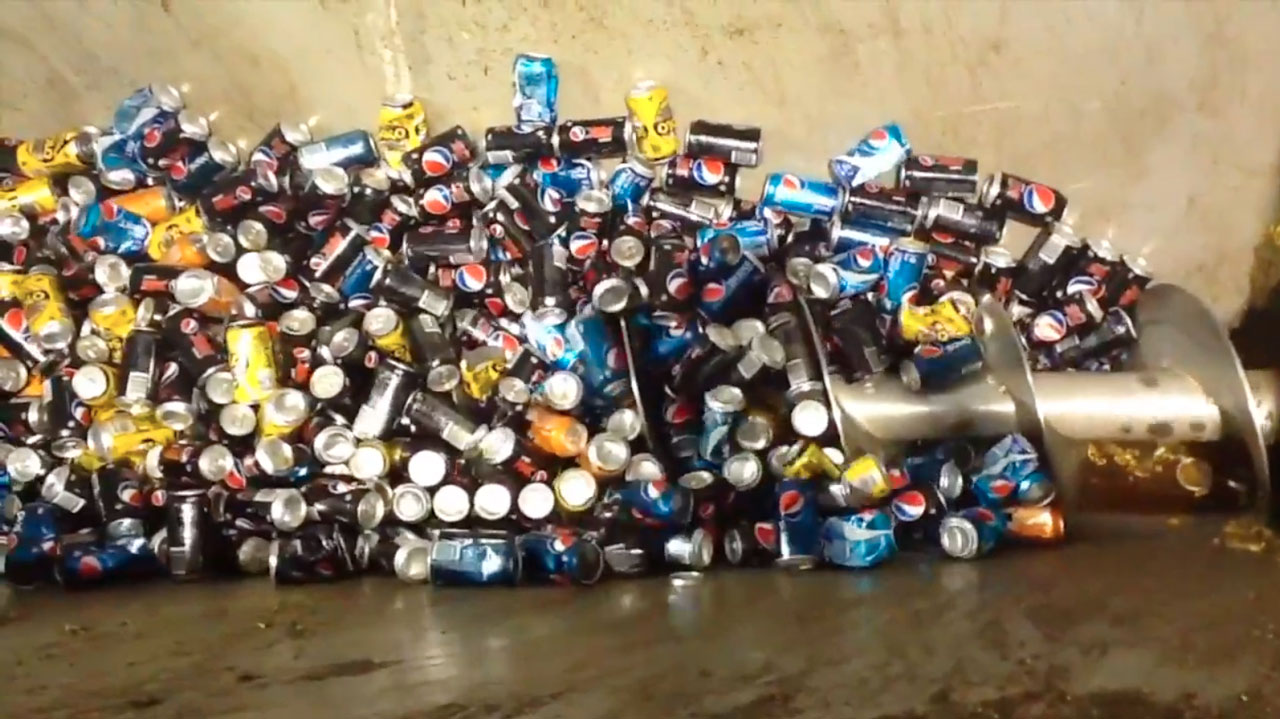
SEPARATING ORGANIC MATTER FROM PLASTIC? IT COULDN’T GET ANY EASIER WITH TIGER.
The recycling industry requires machines with a simple structure, a compact size, that are efficient in treating input matrices and save time and resources.
Facilities that use the Tiger Depack work for the recovery and disposal of the organic fraction originating from separate waste disposal aimed at the production of bio-methane through the biological stabilisation of scraps or organic fractions.
Tiger Depack can be used in waste treatment plants for the Organic Fraction of Urban Solid Waste from Separate Waste Disposal which contains a large quantity of plastic (mainly plastic bags).
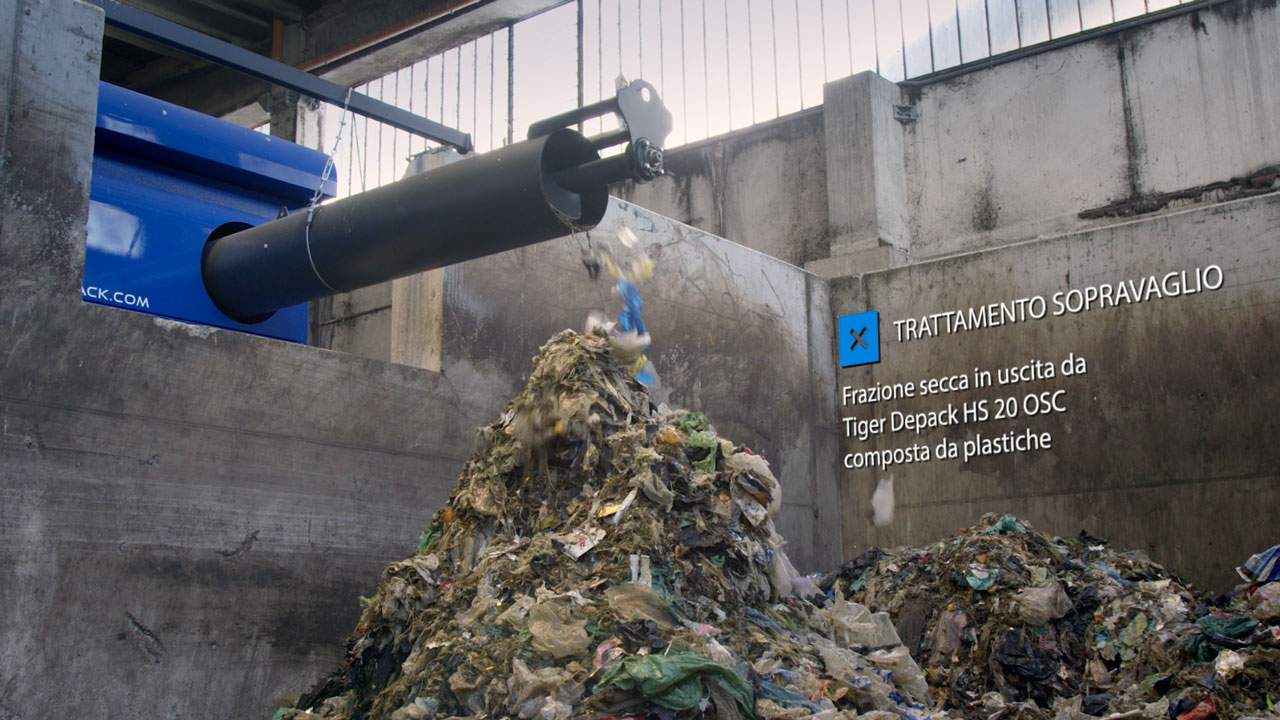
Thanks to Tiger Depack, these plants can recover a large part of organic matter and clean the plastic which would otherwise be disposed of with an increasingly steep cost for the company.
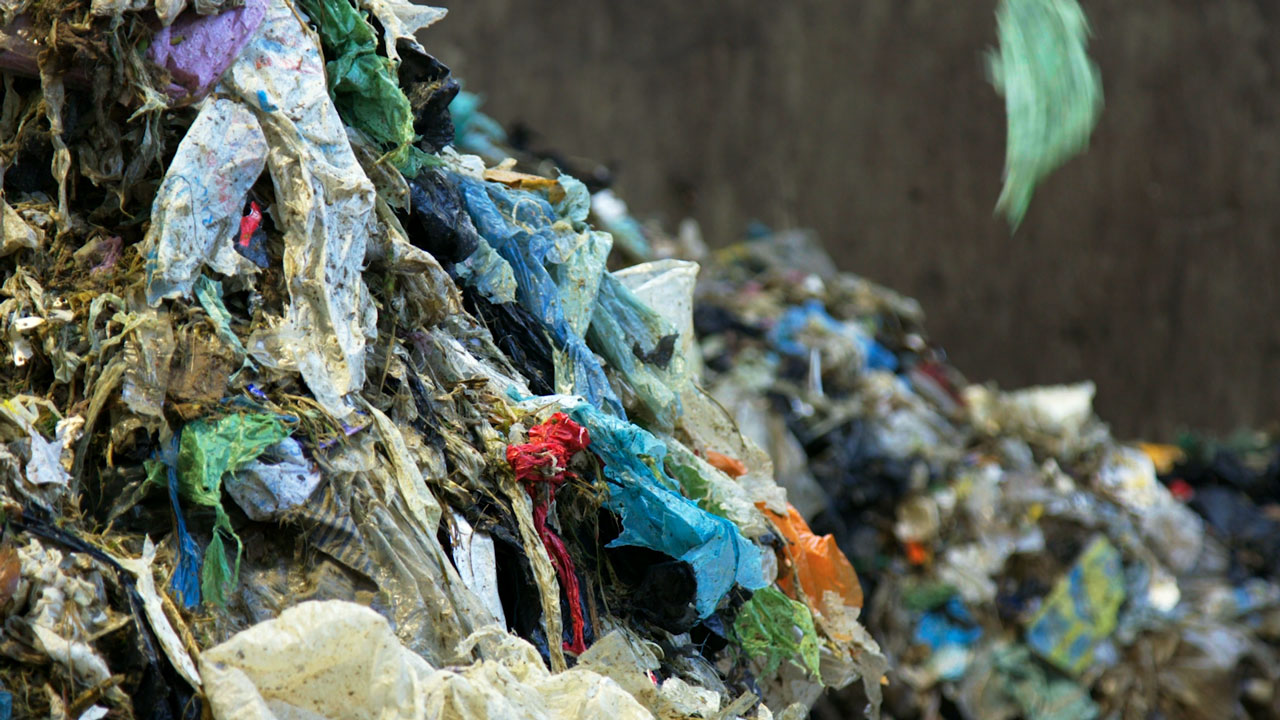
Tiger Depack demonstrates its best performance by recovering 100% of the organic matter still trapped in plastic.
From the experience accrued in working plants, we noticed that against a weight of 27% of plastic sent for disposal, with the use of Tiger Depack only 7% of the plastic is sent for disposal. Moreover, the organic matter recovered can be reintroduced into the production cycle of biogas and compost.
Tiger Depack was built to be a compact-sized recycling machine, with a fast and simple processing system, and remarkably contained running costs per tonne.
The special technology also guarantees the homogenisation of the material, reducing the bulk to make it suitable for all applications: from anaerobic digestion of wet organic matter, through to composting.
A decisive element for the efficient treatment of the organic matrix is to manage not to waste even one gramme and minimise waste material!
The Tiger Depack system was devised to obtain clean plastic and organic matter that’s ready for anaerobic digestion!
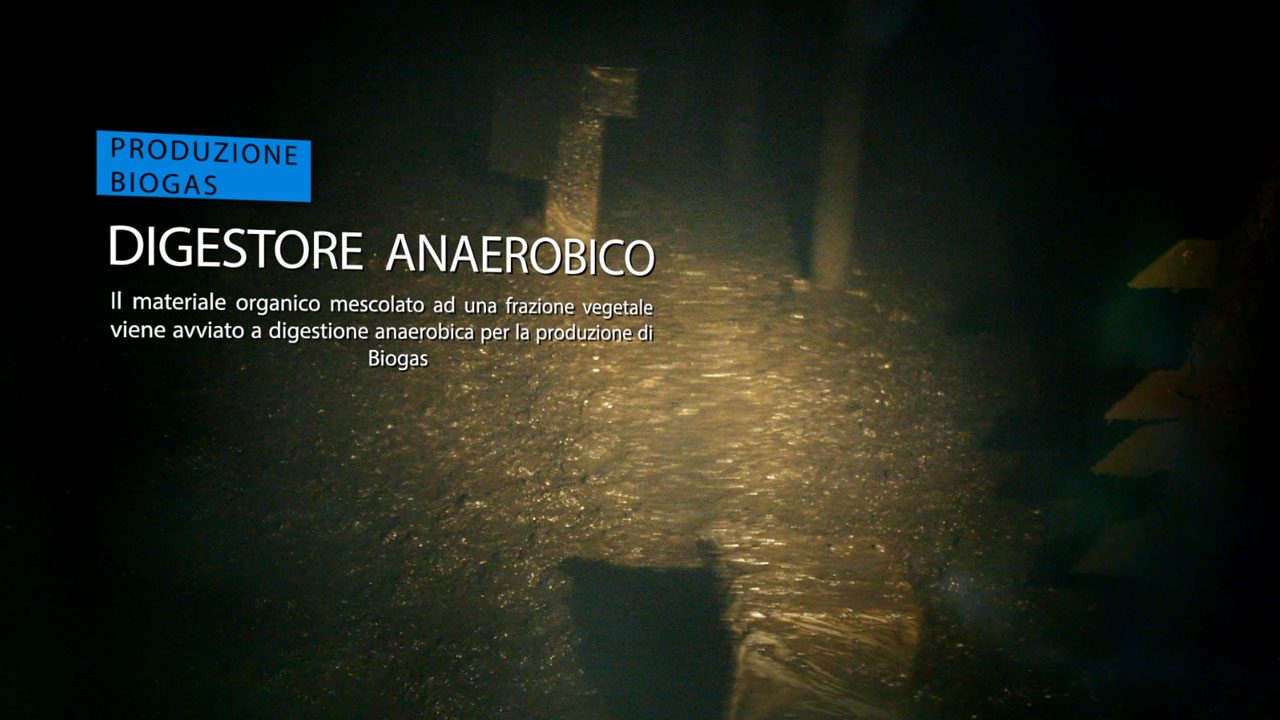
RECYCLING PAPER WITH THE TIGER DEPACK PAPER PULP SOLUTION
From the experience gained using Tiger Depack in separating organic matter from packaging, and thanks to the extreme versatility of this system, we decided to use it to treat increasingly different materials.
Cesaro MAC Import focused time and energy in creating a comprehensive range of products, which accommodate the treatment needs of any plant, from the smallest to the largest, with the additional possibility of specific set-ups for the treatment of Paper Mill Pulp and Dry Waste.
Tiger Depack - Paper Pulp Solution is a simple and fast system, compact in size and with contained running costs, that achieves outstanding results in the paper recycling industry.
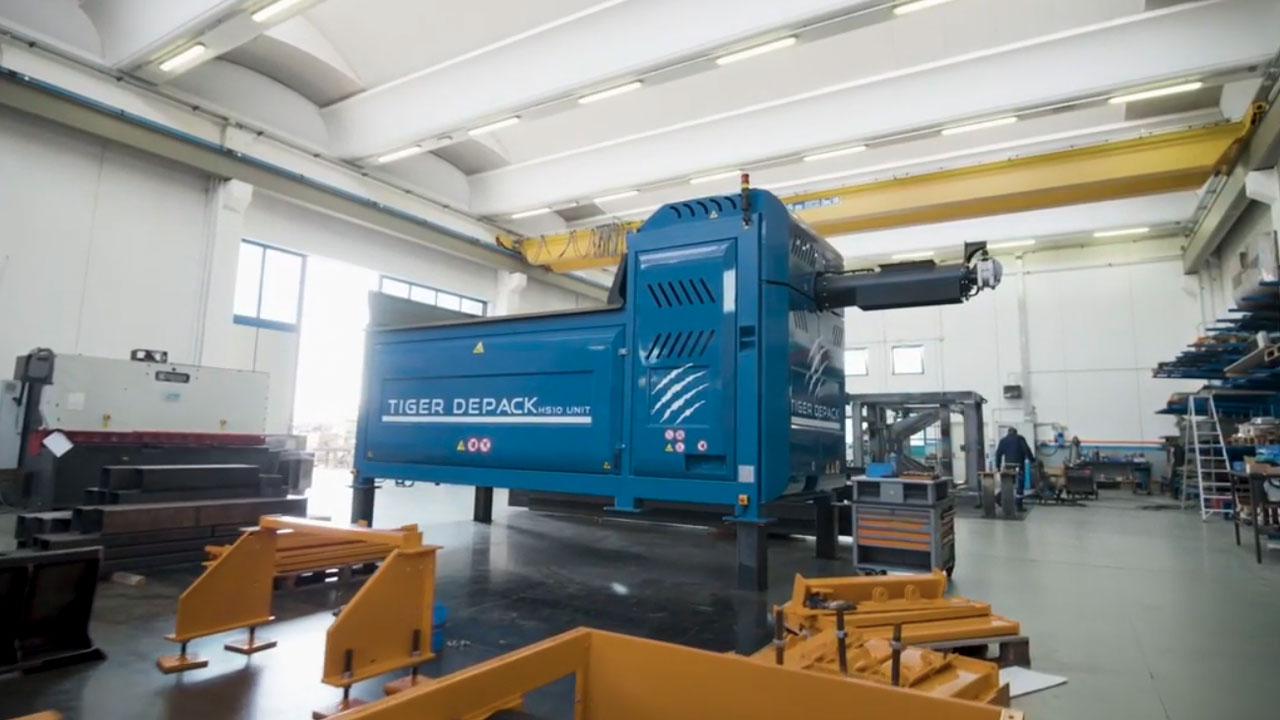
Tiger Depack - Paper Pulp Solution
Recycled paper is a vital raw material for the regeneration of new paper. In Europe and across the world, usage rates are very high thanks to the millions of tonnes made available through separate waste collection.
During the production process of new paper, the secondary raw material is dissolved in water to separate the inks and other components (for instance plastic) from the paper pulp, which up until now were subsequently managed as waste (PULP) with extremely steep disposal cost and significant economic losses of raw materials still aggregated to the waste Pulp.
The presence of cellulose percentages in more or less significant quantities within waste Pulp has often made its disposal at a landfill or incinerator extremely complicated; reducing its volume using presses has reduced its weight but it hasn't remedied the problem of the presence of organic material, which aside from other things, is a source of profit for the paper mill that currently goes to waste.
To solve this issue, Cesaro Mac Import developed the Tiger Depack HS20 PPS and Tiger Depack HS5 PPS.
The Tiger Depack PPS Paper Pulp Solution was designed and adapted for the production of paper with truly outstanding results.
“Paper Pulp Solution" a piece of machinery that exploits a patented system of centrifugal separation that manages to reduce the quantity of waste material and recover all the paper paste still in the pulp.
The machine was designed and patented for use in medium-sized paper mills that mainly use recycled paper in their production cycle, and therefore with high productions of waste pulp to handle.
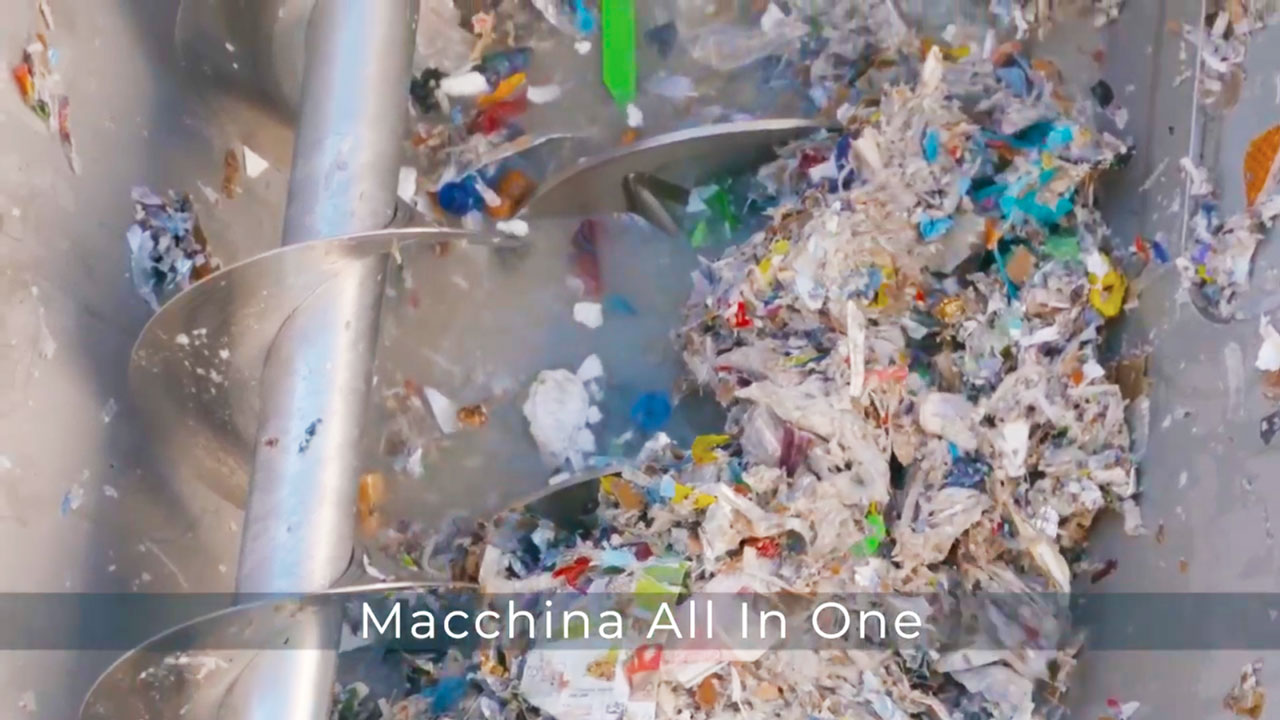
The Tiger HS20 PPS and the Tiger HS5 PPS are capable of recovering up to 70 % in weight of re-usable material consisting of water and PAPER PULP; in addition, Tiger Depack reduces to just 30% the weight at input of the material to be sent to the landfill.
Within the production cycle of a medium-sized paper mill, the use of the Tiger Depack PPS therefore makes it possible to reduce disposal costs drastically as well as to recover large quantities of raw materials first, all of this using a single piece of machinery.
It is an all-in-one machinery and thanks to its compact size (just 21 square metres of occupied floor space) it does not require specific preparations before being installed, as all it needs is a water and an electricity connection to be up and running.
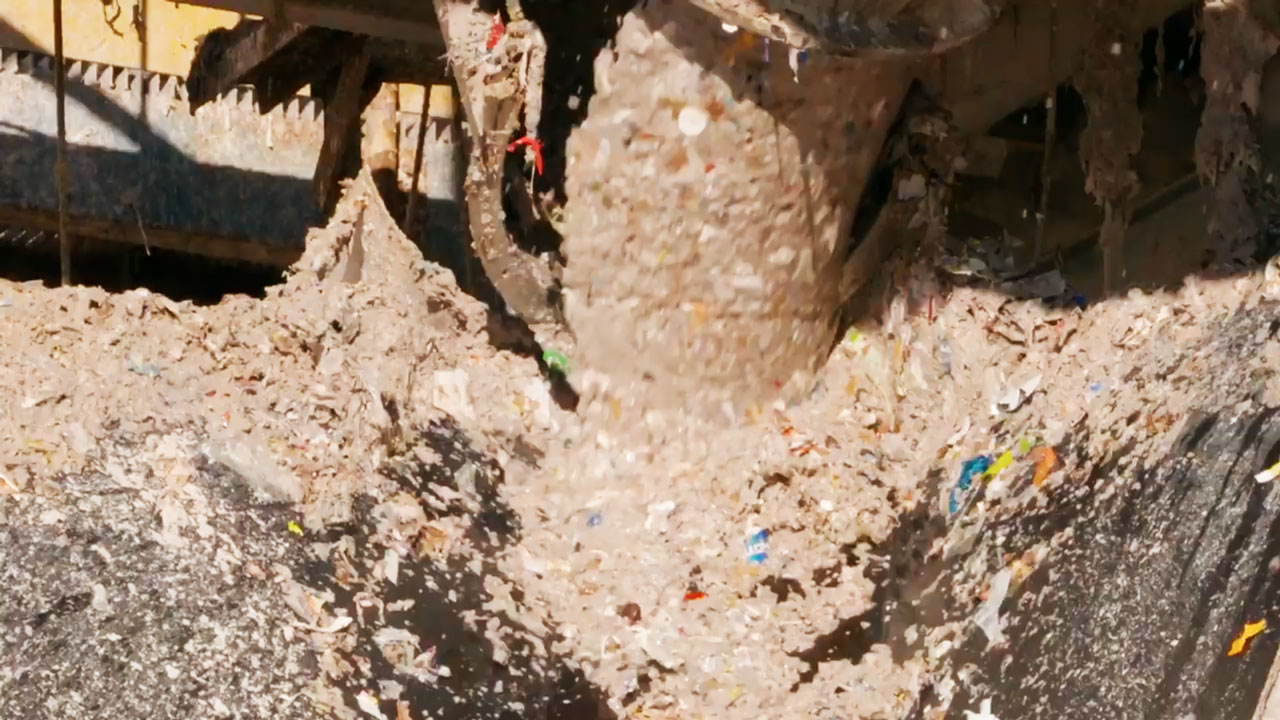
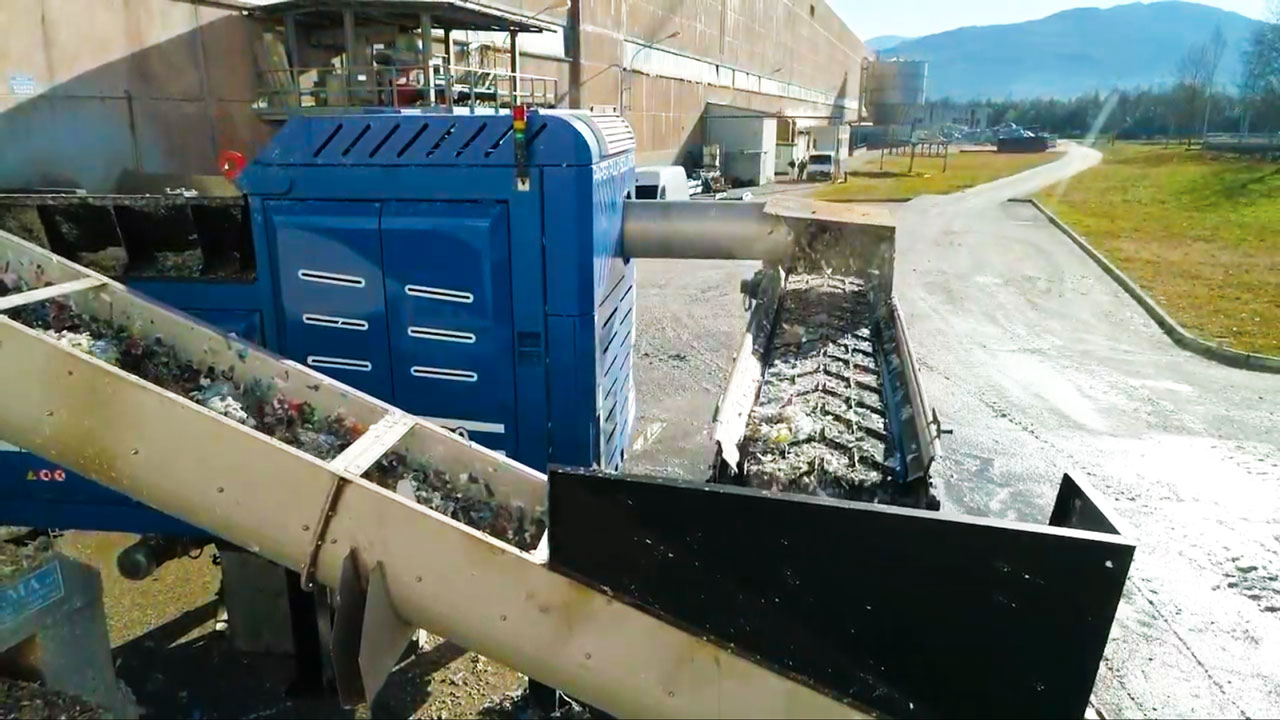
It can be included in both indoor and outdoor settings, and the machine is designed to operate both in a manual and in an automatic cycle with 24-hour productivity.
The machine can be powered using automatic travelling crane systems or using wheeled loaders, and it is equipped with the most sophisticated safety and control systems, including remotely.
Thanks to the ultra-low running costs and its 24/7 working capacity, the "Tiger Depack HS20 - Paper Pulp Solution" is an efficient and an effective tool to include within any paper production cycle. Indeed, through the use of the Tiger HS20 PPS and Tiger HS5 PPS, the modern paper mill can concretely boast a cutting-edge production cycle, attentive to the proper management of precious resources such as water and cellulose, with very short-term investment returns, drastically cutting down the need for waste disposal systems while concurrently obtaining returns in terms of raw material recovery.
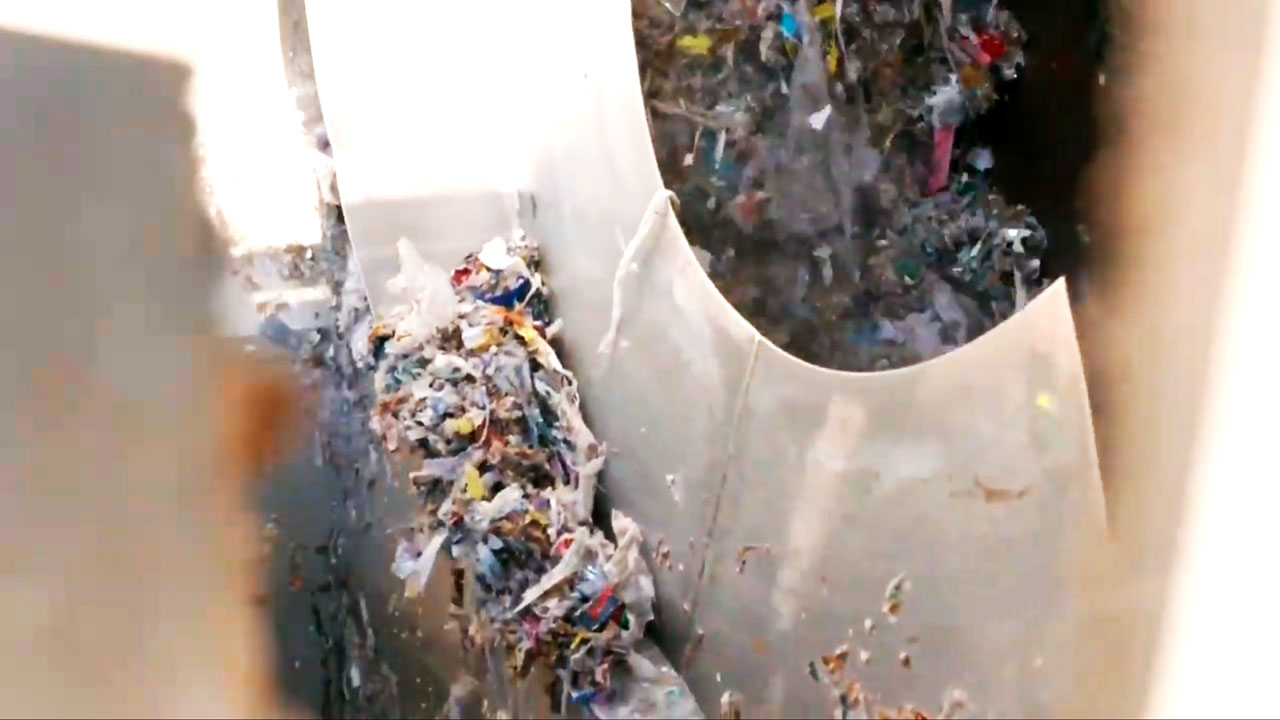
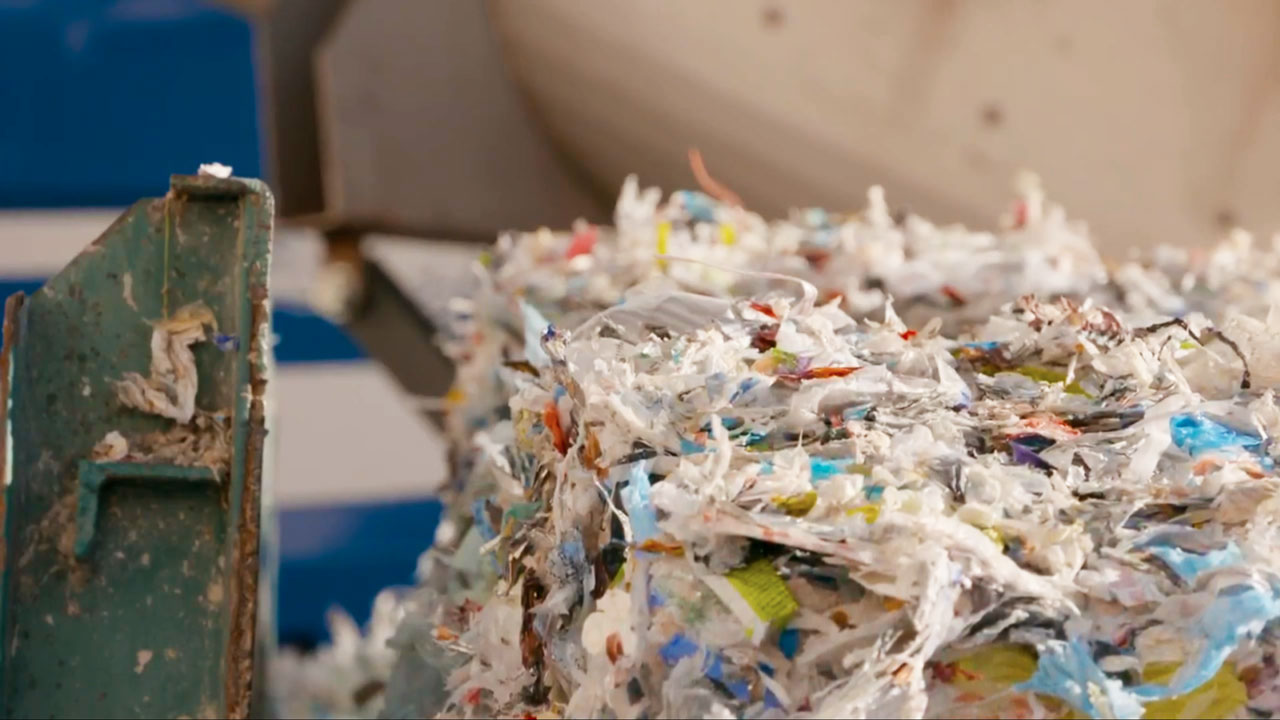
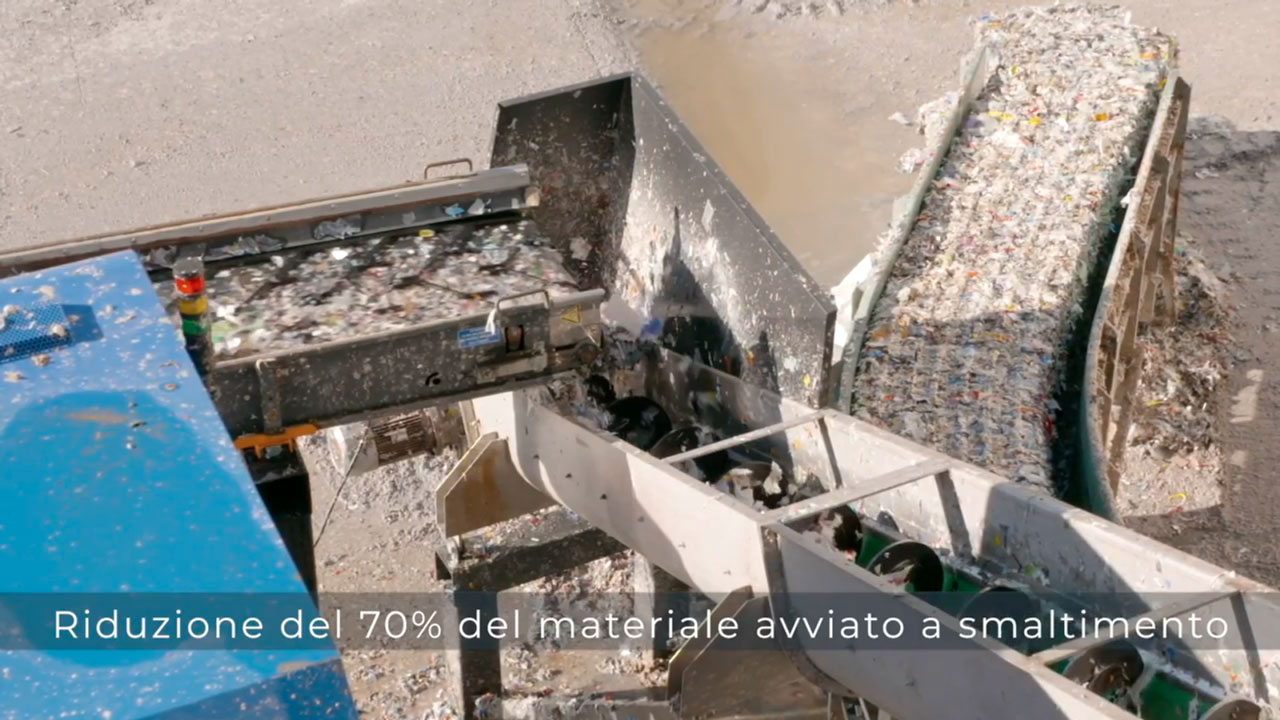
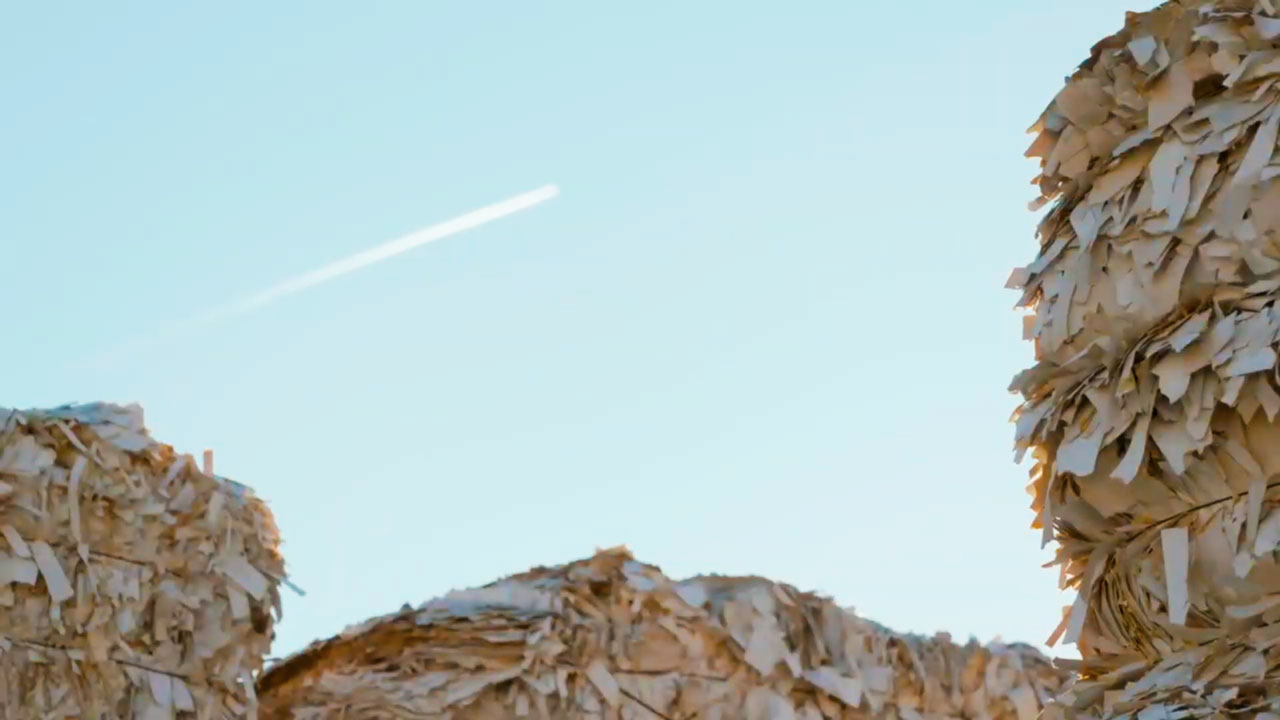
A MACHINE FOR RECYCLING IN VARIOUS SECTORS
As demonstrated, the Tiger Depack can be used in the recycling industry with various uses, obtaining both financial and environmental benefits.
To sum up, the Tiger Depack system can be applied in various sectors:
- In anaerobic digestion plants for the preparation of the substrate to be sent to the digester;
- In composting plants for the preparation of the wet fraction to be mixed with the green material;
- In stations for the receipt and transfer of organic waste to perform the preliminary treatment of the matrix;
- In expired food packaging recovery and processing plants;
- In all waste treatment plants for cleaning dry waste;
- In the food industry to recover production waste;
- In bottling industries to reduce process waste to be sent to the landfill.
FOLLOW US ON SOCIAL MEDIA!
